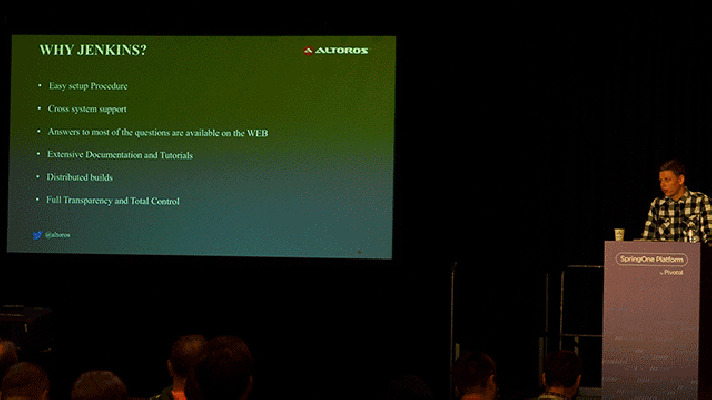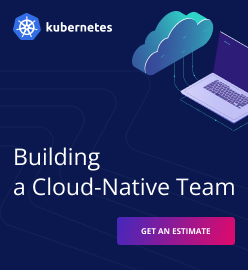Axel Springer Automates with Cloud Foundry to Shrink Testing Time to Minutes
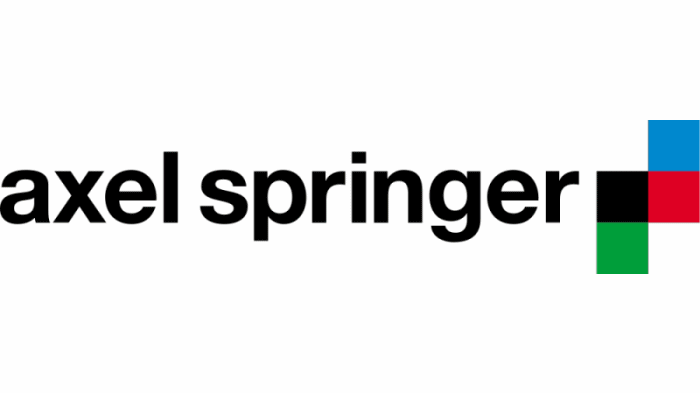
Media: Axel Springer undergoes digital transformation from print to online.
Creation of a continuous delivery pipeline to dramatically reduce the time required to deploy new processes, services, and applications.
The pipeline can be operated by only two people even as several programs and services are integrated into it.
CF Deployed To: Form platform for continuous delivery pipeline.
Java, JS Pipes, MySQL, MongoDB, Elastic Search, BOSH, DataDog, Jenkins, Pingdom, PagerDuty.
It works with an IaaS data center in Norway that relies 100% on renewable energy.
A leading global publisher based in Germany with a mission to save diverse, independent, highquality journalism.
It was formed in a garage, too, though not in Palo Alto.
(Note: This use case is based on a presentation at the Cloud Foundry Summit 2014 in San Francisco by , Head of Online Development, and Matthias Naber, Software Engineer, Axel Springer; and , CTO, FjordIT.)
Axel Springer is a global publishing company headquartered in Berlin, with annual revenues of more than $3 billion. The company is in the midst of a major digital transformation of its business from the print world to online. It uses Cloud Foundry as a key component in the transformation.
Axel Springer saw its digital business grow from 14% of revenue in 2008 to 47% by 2013. In order to stay true to its mission to ensure diverse, independent and high quality journalism in the future, IT needed to become part of its core products.
Time to reinvent
“On the way to digital transformation, we have to adapt to agile methodologies, and complex infrastructures have to be reinvented in order to speed up the development process,” says Lajos Lange, Head of Online Development. “With Cloud Foundry, we realized our vision of an innovative, fully automated service delivery platform. We’re accelerating the time and quantity to market rate, and reducing IT costs at the same time.”
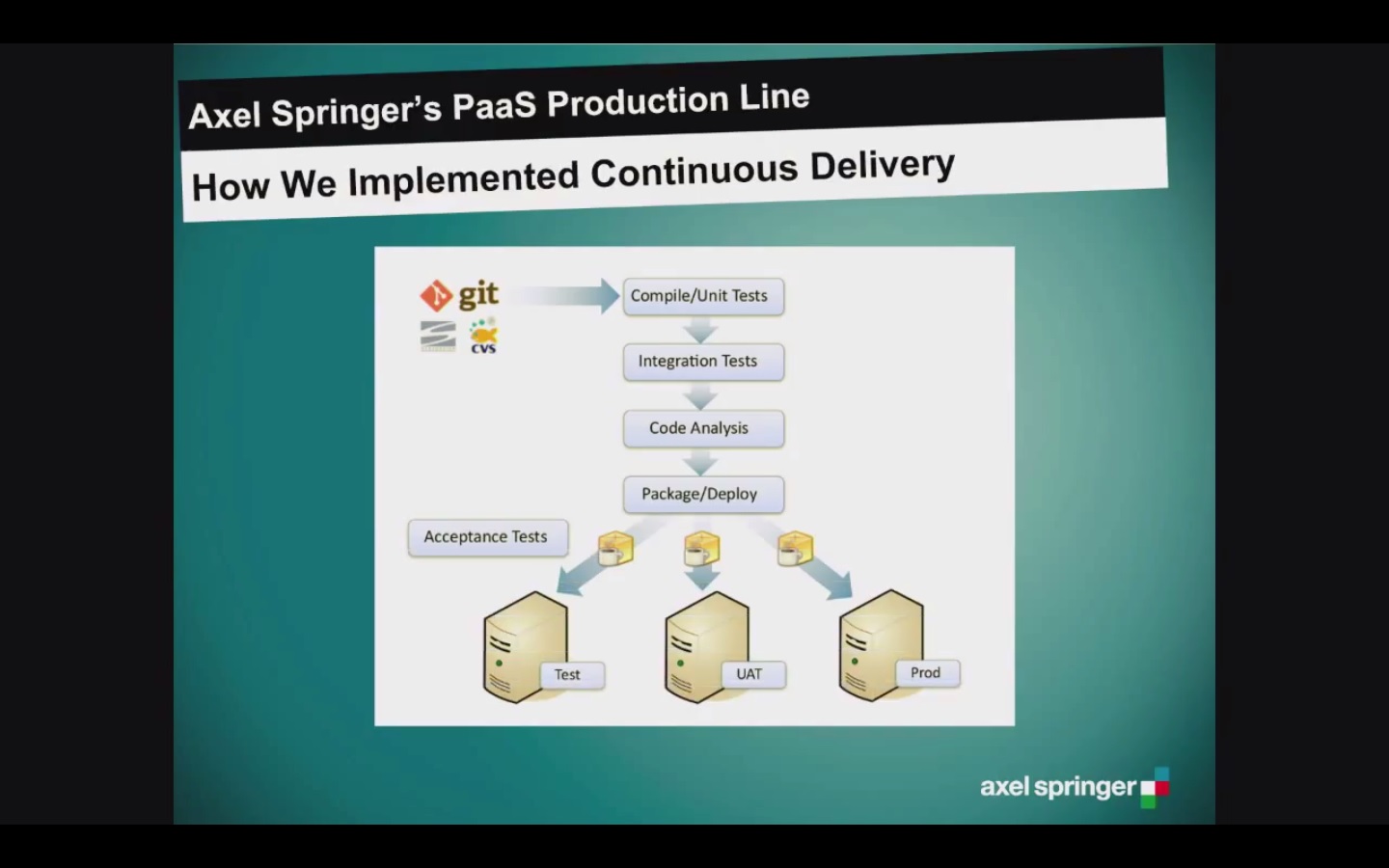
The company set out to create a culture of prototyping through the service-oriented nature of the PaaS approach. It evaluated several potential platforms before settling on Cloud Foundry.
The company’s established, legacy architecture had a very low degree of process automation. Manual testing of new processes and services consumed about 14 person-hours, 70% of it manual work. By implementing Cloud Foundry, the company has moved to a fully automated production line that allows it to react quickly to change and feature requests, and invest in mandatory software quality standards. “We can shrink this down to minutes, and developers can focus on creating software,” according to Lange.
“We wanted to be able to take the creative ideas from our editors, business units, and developers and put them on the new production line, move them through our new service fabric, and get them out quickly to the market,” says Lange.
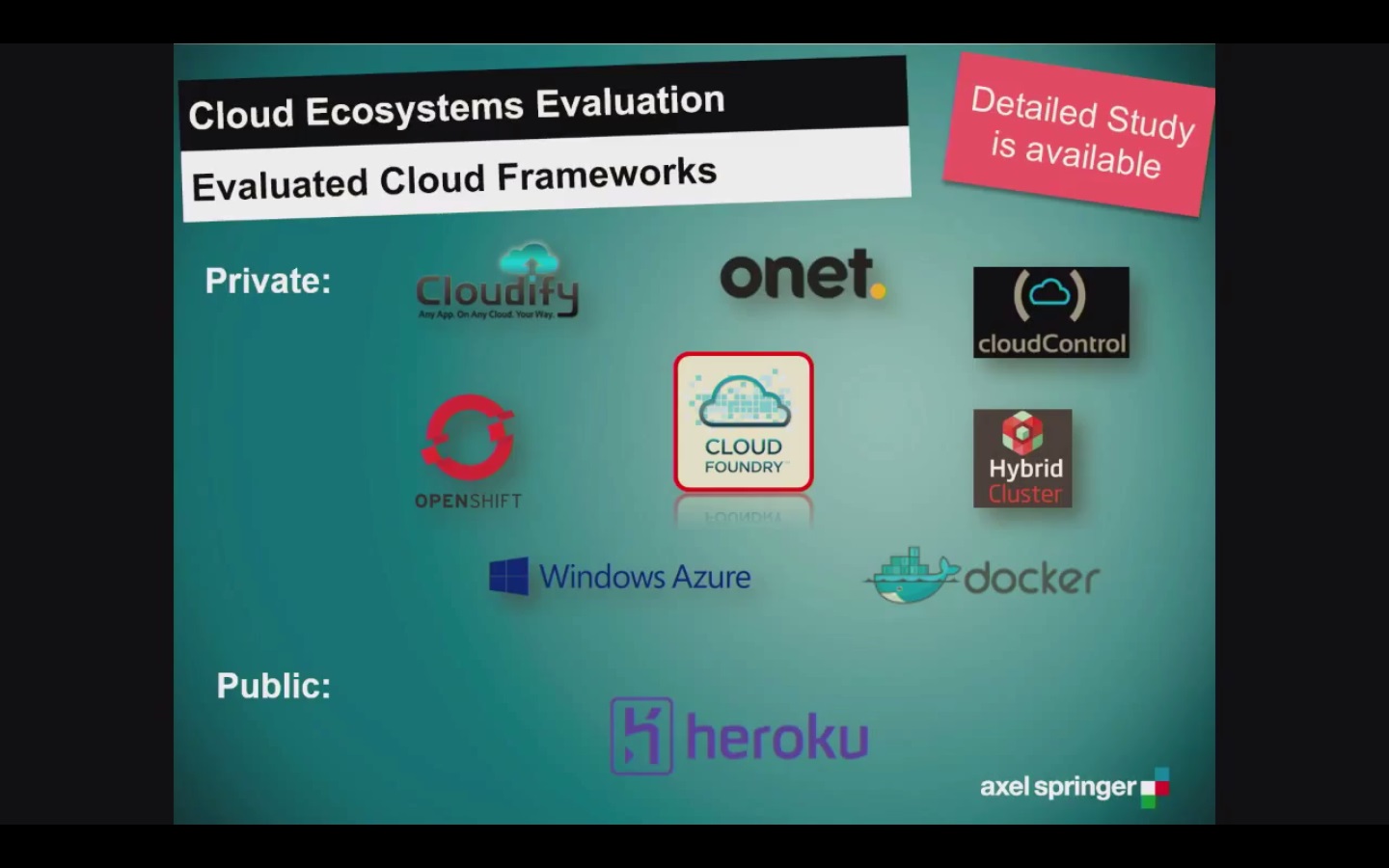
In addition to choosing Cloud Foundry for things such as its documentation quality scalability, and technical agility, the company required it to support the responsible and sustainable treatment of data, or what it calls “datability”. With Cloud Foundry, “we can use whatever technology, programming language, and framework we wish, thanks to the dozens of Cloud Foundry buildpacks that are available,” says Lange.
The company implements the Cloud Foundry PaaS within IaaS provided by Norway-based FjordIT. This data center company is committed to 100% renewable energy and maintains a carbon footprint dashboard to ensure its commitment to reducing its impact on the climate.

The Cloud Foundry implementation at Axel Springer uses Datadog connected BOSH and the Cloud Foundry collector to get metrics, Pingdom to check the availability of Cloud Foundry in its apps and PagerDuty as a bridge to operations. There are also a number of userprovided services in the FjordIT data center to connect databases to Cloud Foundry. Jenkins and the Cloud Foundry gretl pipeline are employed to build its continuous delivery pipeline.
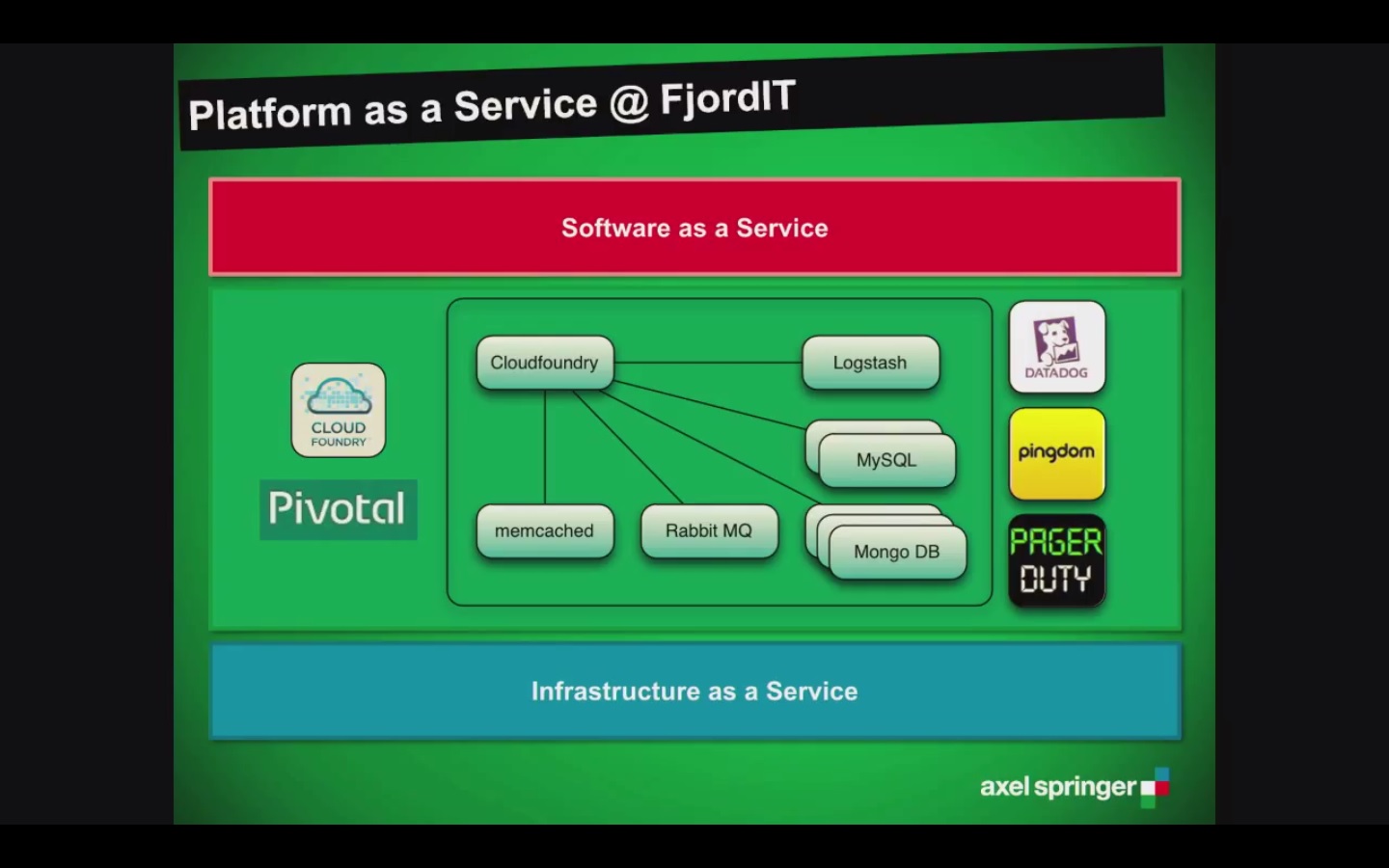
“We’ve been running Cloud Foundry for several months now, with no downtime,” according to Matthias Naber, a software engineer at Axel Springer, “and only two people are needed to run it.” In that context, he also notes that the company is able to do zero-downtime deployments with the gretl pipeline.
According to Lange, “we try to create a minimium viable product that can be delivered quickly. We can measure how users behave to learn how well they accept a new feature, so that we improve upon it. Evolution is the key to our interesting, exciting journey. We must easily adapt to the changes in our business.”
Related videos
Here is the original video presented at the Cloud Foundry Summit 2014 in San Francisco.
We want to create a culture of prototyping. Lajos Lange, Head of Online Development
Axel Springer has produced an amusing video of its view of Silicon Valley that’s related to its digital transformation viewpoint.





